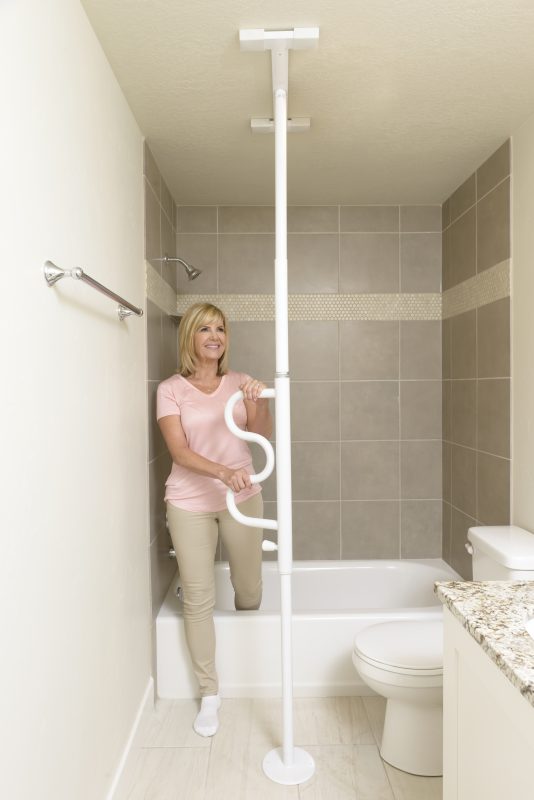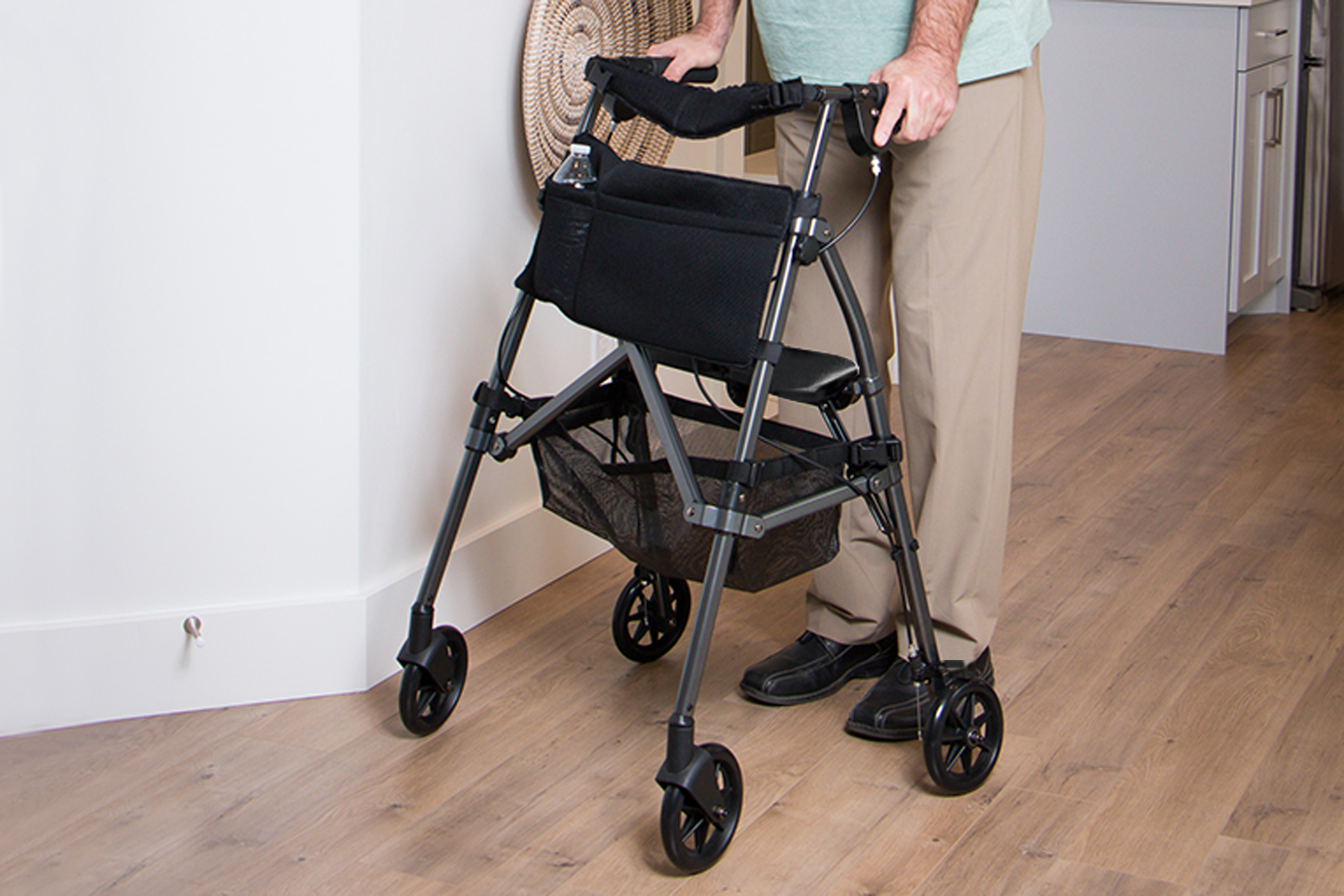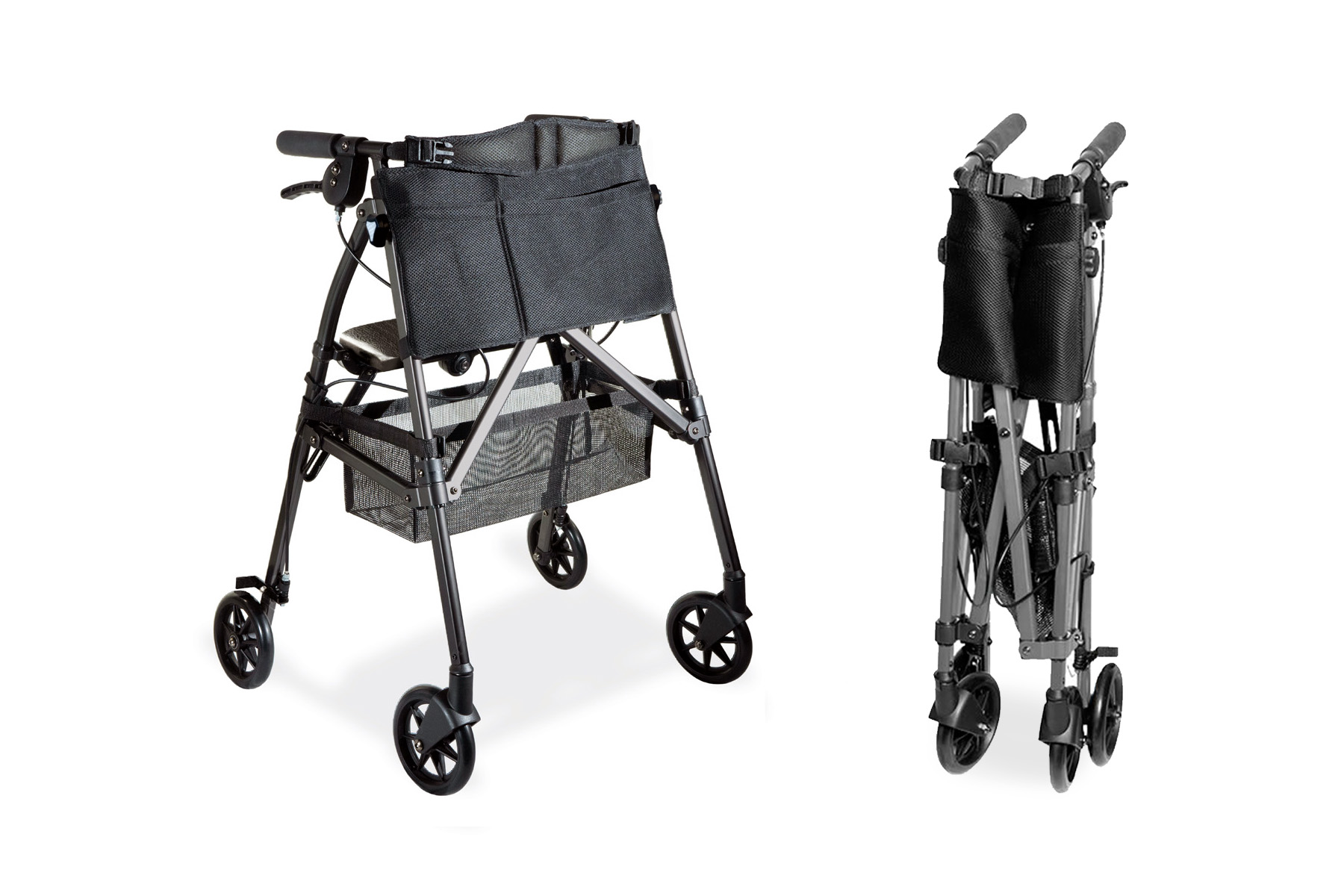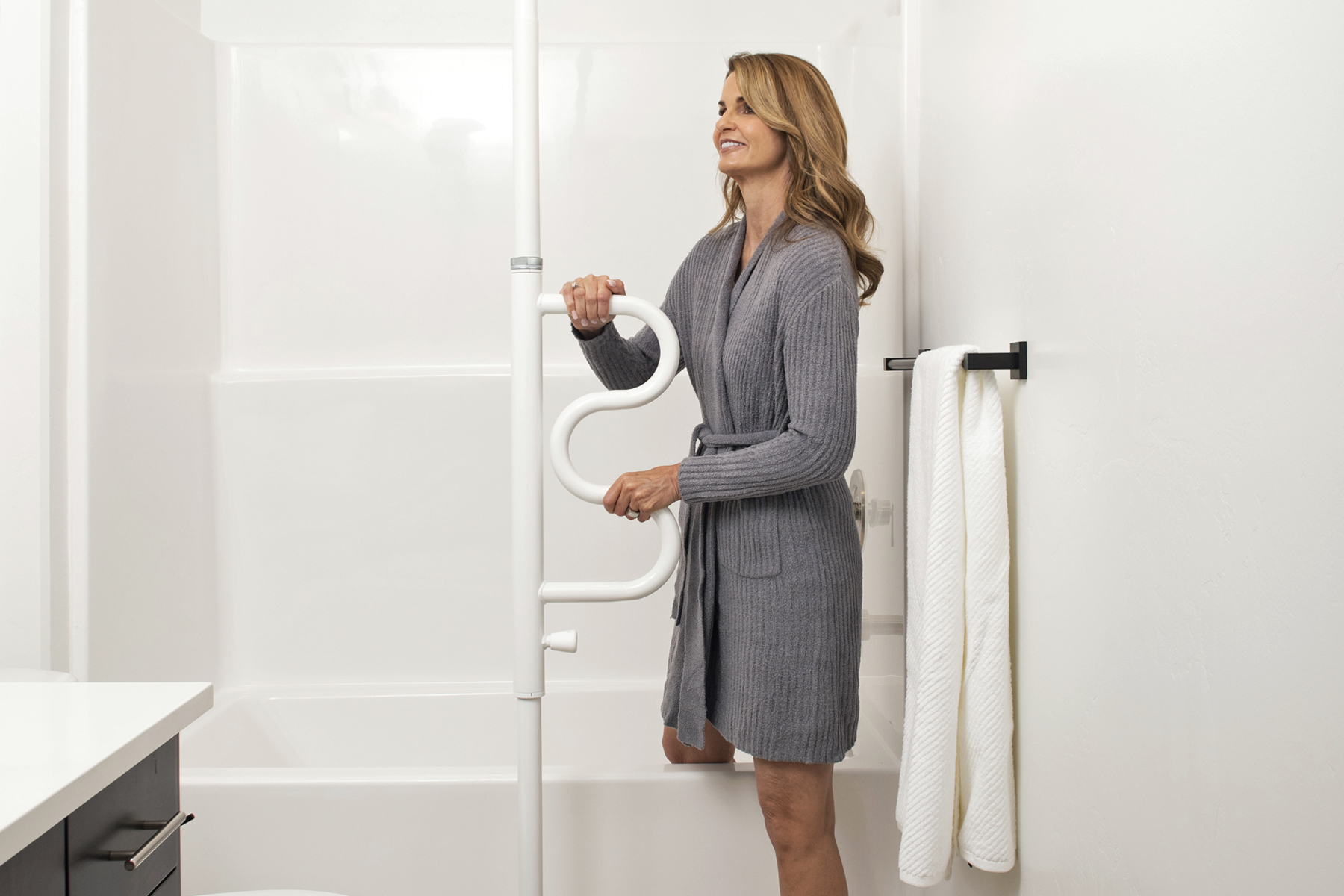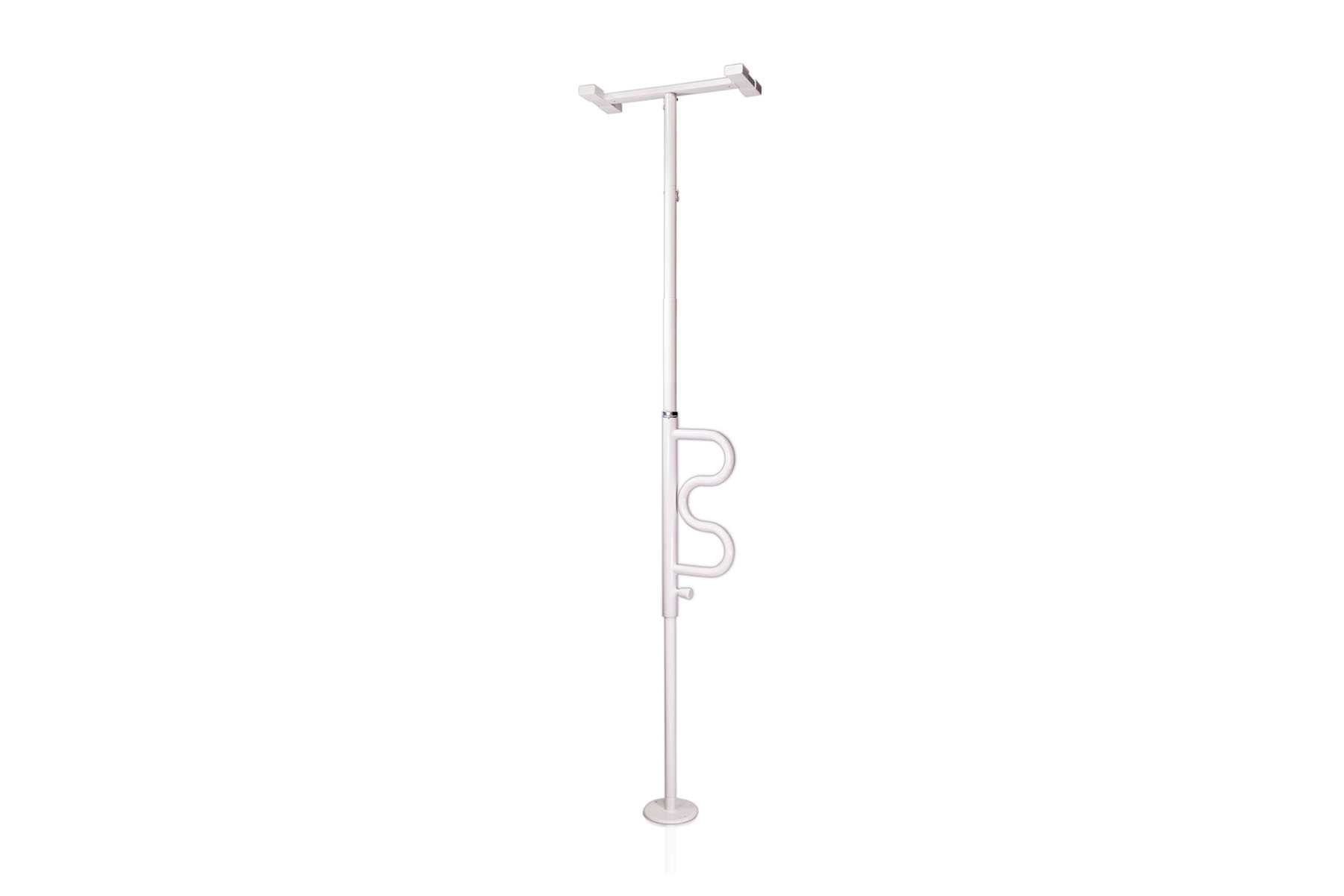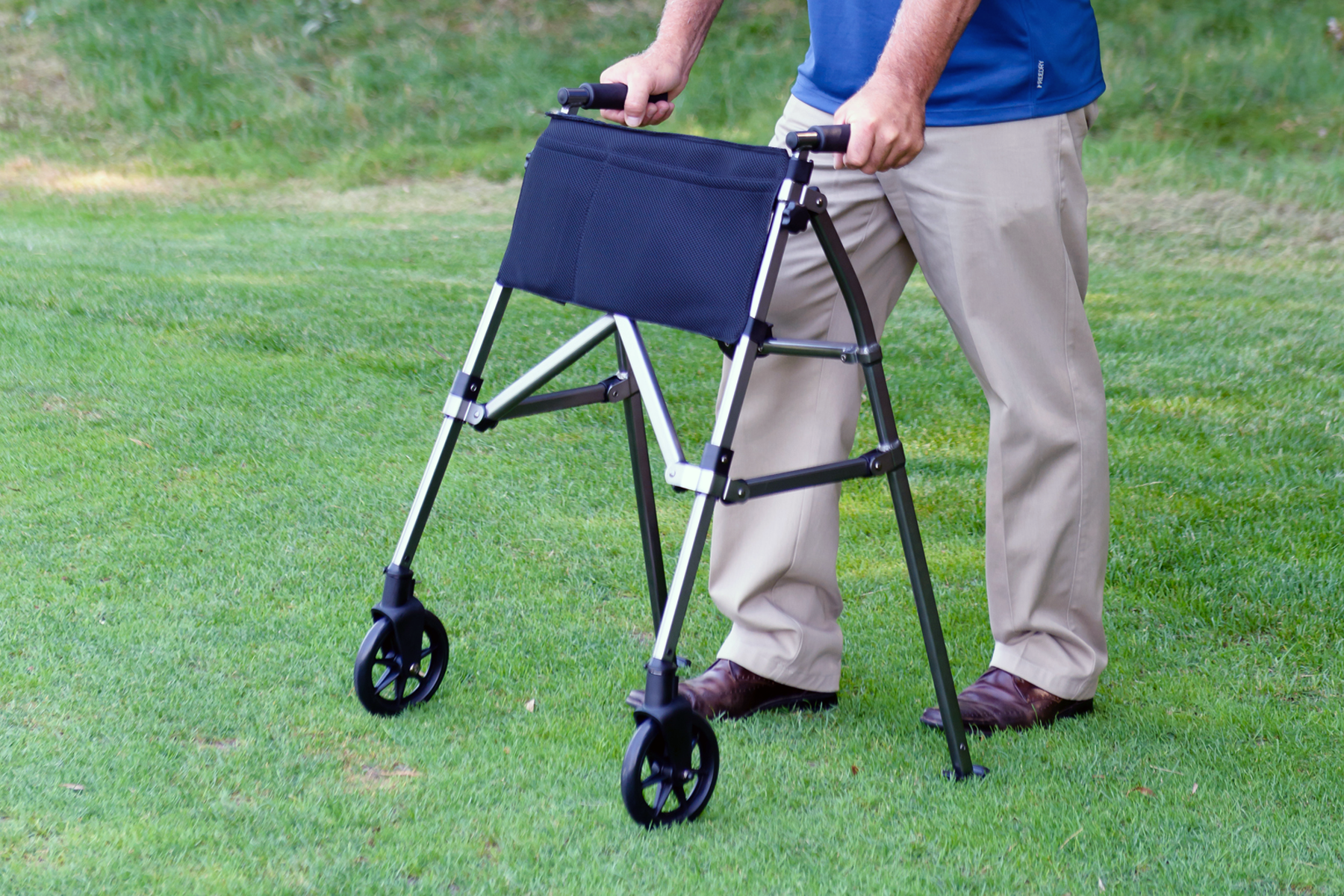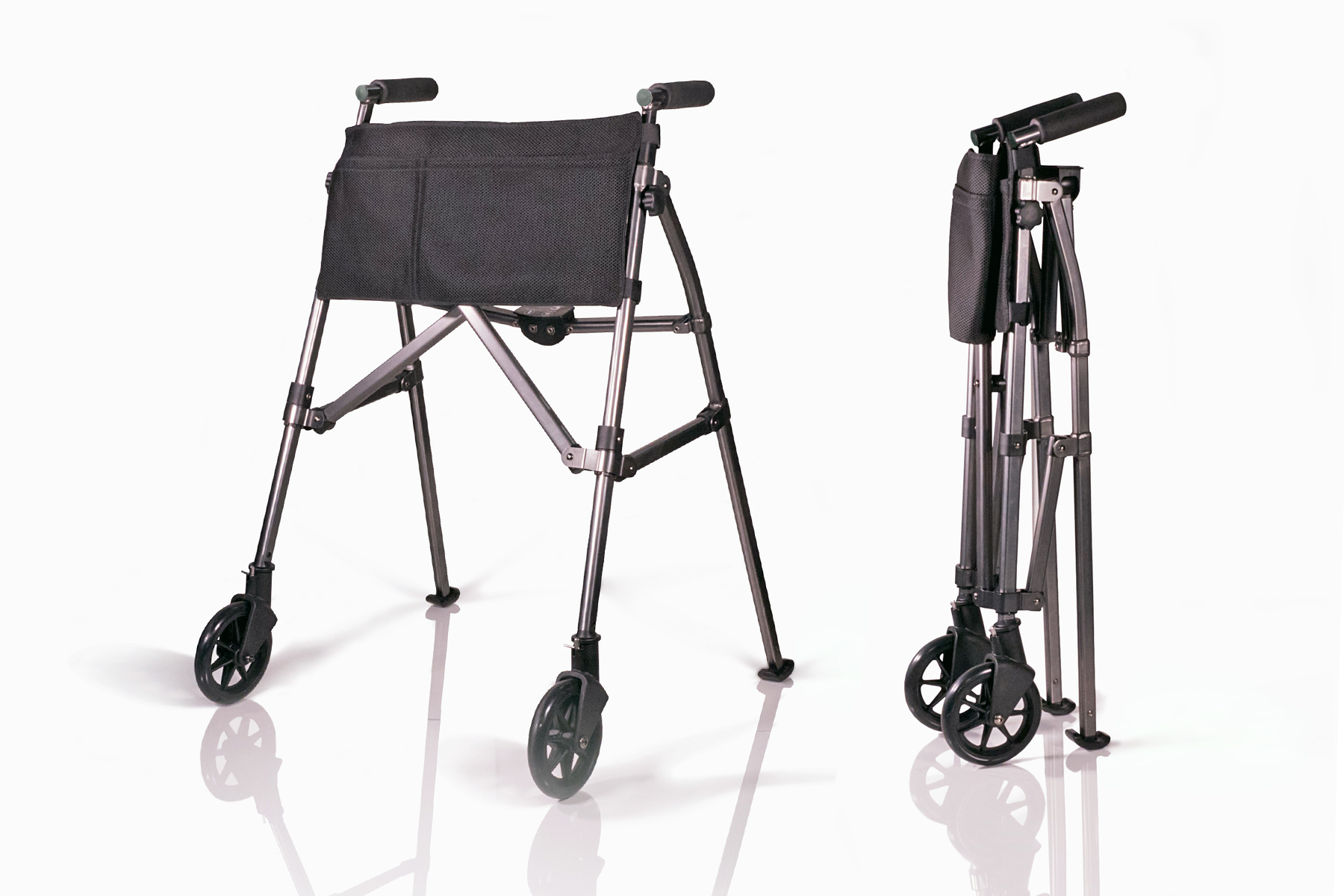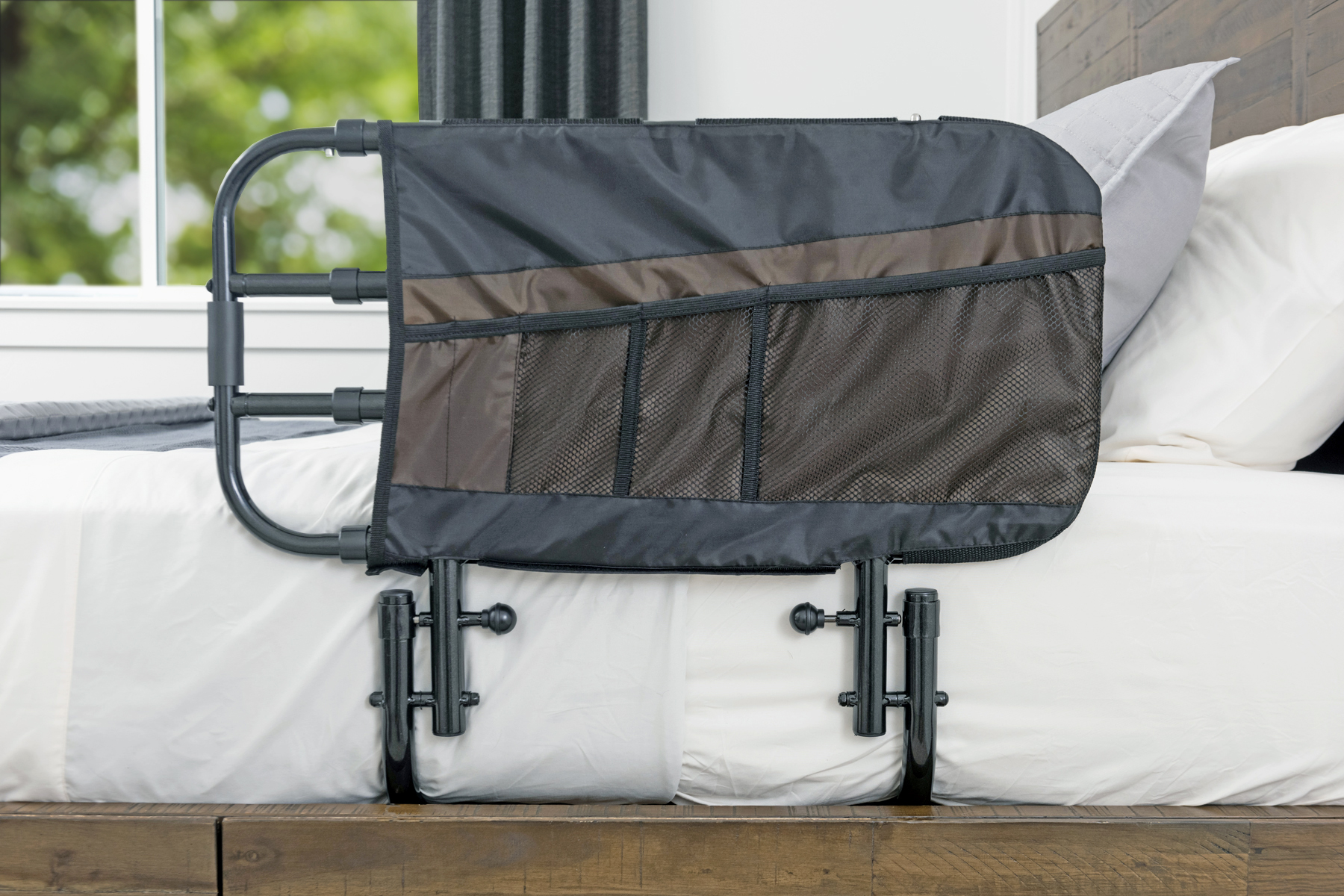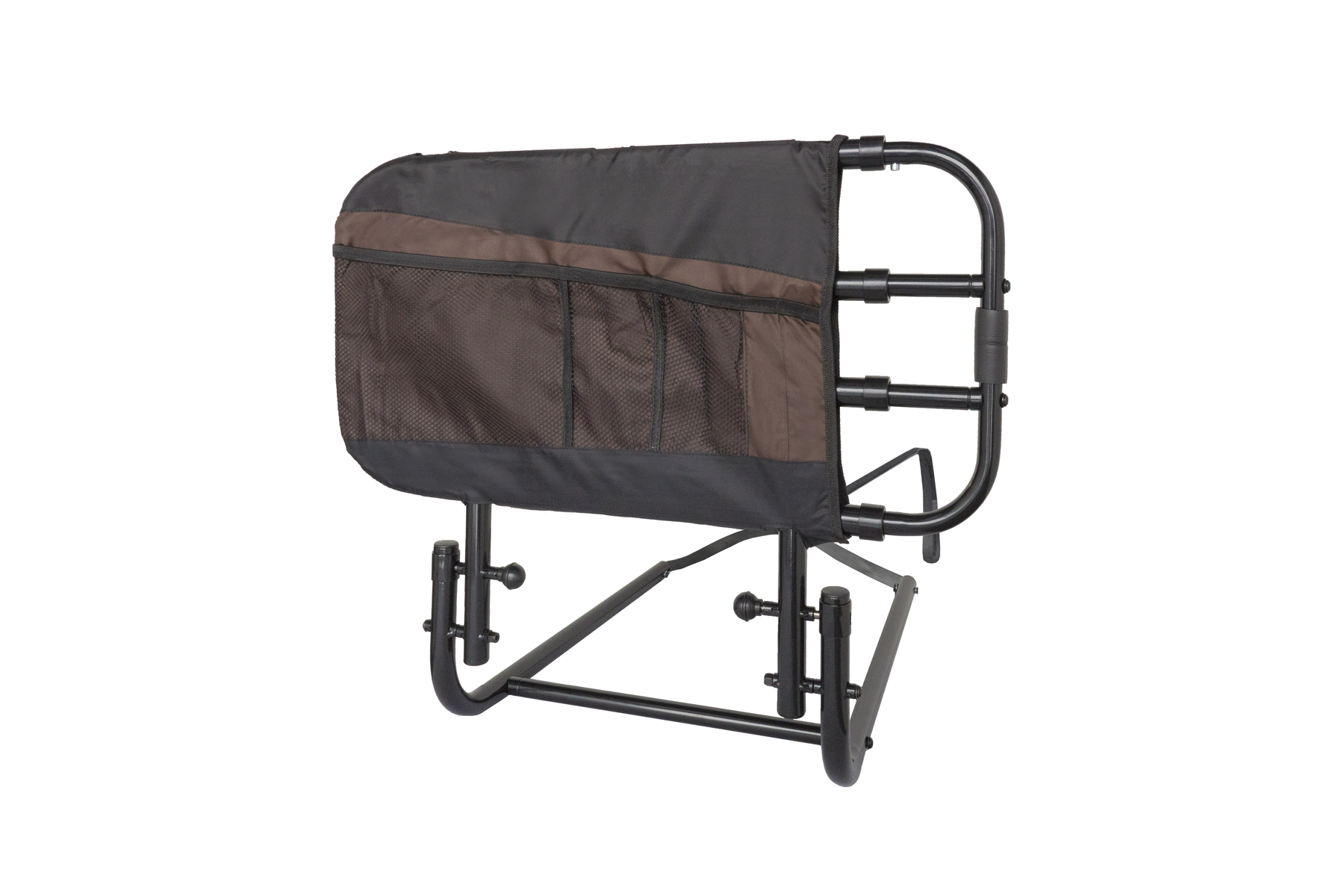It’s no secret that the COVID-19 pandemic has changed the way we live our lives. From online schooling for kids to work-from-home video conferencing for adults. No age group has been exempted from learning to adapt during the pandemic, especially our senior population. But even before the COVID-19 pandemic our seniors were undergoing a renaissance in how and where they choose to live. While assisted living facilities have always played an important role for aging adults in America, more and more seniors have been choosing to “age in place at home.” The global pandemic has only accelerated this transformation of choosing to live at home longer. Just as the pandemic has been a catalyst in how we work, shop, and consume entertainment, so too has it changed perceptions of senior facilities, creating a shift in roles played by such communities. Senior homes across the country are now seeing adults move in at a later age, most often after health has reached a point when living at home is no longer a viable option.
Subscribe to our Newsletter
What is Aging in Place?
So what is aging in place? It can easily be defined as choosing to live at home longer rather than moving into a senior living community. In a recent survey performed by the AARP, roughly 90% of American seniors wish to live at home for as long as possible. More seniors are opting to avoid facility care now more than ever, even in cases where physical or mental decline makes it difficult to live independently.
Given the challenges of aging, the decision to age in place can be difficult and should not be taken lightly. Families should consider all factors, consult with a physician, and create a plan that makes aging in place as safe and comfortable as possible. There can be, of course, potential fallbacks when choosing to age in place that must be considered:
- Are you able to get around at home and around town? If you struggle walking, you might consider a walker or rollator. If you no longer drive a car, volunteer escort services may be available in your area.
- Will your family be able to contribute the appropriate time and resources? If you need daily help to perform activities around the home and a family member won’t be there to assist, you might consider hiring a caregiver or an adult day care.
- If living alone, could loneliness or depression be a serious drawback to aging at home? Local senior centers may offer activities, or you may find family, friends, or neighbors to make frequent visits.
- Does your home promote independent and safe living? Many homes are not designed for senior living. Stairs, narrow hallways or doorways, and difficult daily tasks may prevent you from staying at home. A Home Safety Assessment can provide detailed analysis of the fall risks in your home and help prepare a plan to make your home safer.
Why Seniors Prefer Aging in Place
The decision to age in place at home can be made easier when understanding how home-living can benefit aging adults. Overall, seniors who choose to stay at home longer enjoy a sense of freedom and relaxation that cannot be provided anywhere else. They also enjoy improved health outcomes on average. While the benefits are many, here are four main reasons seniors prefer aging in place at home.
Enjoying an Independent Lifestyle Longer
The effects of aging soon come for all of us. The unfortunate reality about aging is that the day-to-day toll of physical decline makes performing routine chores and tasks more difficult and dangerous. At a certain point, total independence will become no longer possible, and we need others to step in and act on our behalf. That doesn’t mean that we can’t hold on to any forms of independence while we can. Living at home provides an elevated opportunity to maintain aspects of independence for as long as possible. More importantly, aging in place gives adults control over their routine, activities, and life decisions. This type of independent lifestyle is not available for elderly adults who move into senior living facilities. In such communities, control over routines and lifestyles are curtailed by schedules and pre-packaged plans. With limited independence, many residents become dependent on support staffs. Aging in place provides seniors the ability to maintain a greater level of individual autonomy not afforded to them in an assisted care facility.
Familiarity at Home
In most instances, asking a senior to leave their home for an assisted living facility is also asking them to give up memories, sentiments, and familiarity held by their home. A person’s home, especially one held for many years, affords a sense of comfort and security. While it’s true that many seniors adapt quickly to an assisted community, most seniors will tell you that facilities lack the familiarity of a cherished space that is truly theirs. Remaining at home also allows for continued routines. Whether it be knowing where to find something or being comfortable enough to fall asleep, a sense of familiarity found at home can go a long way in prolonging positive mental health and reducing stress and anxiety.
Prolonged Physical Health
Speaking of mental health, it is well-known that strong mental health has a large impact on our physical bodies. Healthy relationships, happiness, and a positive living environment are just three things that can help prolong a vigorous life. There is an unsubstantiated belief that assisted living facilities offer a safer and healthier way of life than living independently at home. Though this may be true in some cases, studies have actually observed that nursing homes have worse health outcomes on average than seniors who choose to stay at home. Prolonging independence, staying physically active, and staying close to the things and people you love can provide a longer and healthier life.
Reduced Expenses
When making the decision to age in place or move to a senior community, one of the most important factors to be discussed is money. An in-depth analysis should be completed to compare the costs of living at home as opposed to moving into an assisted community. Senior living centers generally have a monthly price tag ranging from $2,000 to $7,000 per month with additional expenses possible depending on the services that are available. According to Genworth Financial, the average cost of assisted living in 2020 was $4,300 per month, equating to over $50,000 per year!
Aging in place, of course, doesn’t come without its own costs. When comparing expenses, it is necessary to account for additional costs that may be necessary to make the home as safe and comfortable as possible. Such costs might include home modifications, medical alert systems, purchasing home safety equipment, or paid services such as meal plans and ride shares. Overall, even with many of these additional costs factored in, seniors can save thousands of dollars per month in care costs by choosing to age in place at home.
The Bottom Line
Whether it’s you or someone you love who is considering aging in place, you don’t have to go at it alone. There are thousands of resources available to seniors to help them make an informed decision regarding the best place to age. If you choose to age in place at home, Stander is dedicated to making your life at home easier through innovative home safety solutions. Check out our senior safety solutions for the bathroom, bedroom, living room, mobility, and on-the-go.

